Hällered proving ground sits an hour’s drive east of Gothenburg and seems an exemplary place to experience a Polestar 2 for the very first time.
Sets of quiet, remote test tracks wind among the forest and chime with the car’s environmental brief. Unlike the plug-in hybrid Polestar 1, the 2 is entirely electric, with a WLTP range of 311 miles and nothing less than the Tesla Model 3 in its sights.
This place also has space enough to properly exploit the performance on offer. Which is lucky because, with a dedicated electric motor for each axle, the 2 makes 487lb ft – more even than the Nissan GT-R – and does so almost instantly.
But Hällered also feels an odd place to become better acquainted with the 2, which at £49,900 will cut the cost of entry to the Polestar owners club by almost two-thirds and will exist as a big-volume model next to the hand-built, 1500-off £139,000 Polestar 1 grand tourer.
These smaller cars will be assembled in the Luqiao facility of Polestar parent company Geely in China and the battery modules are from LG Chem in South Korea. Siemens in Germany builds the motors and the brand recently opened a 120-strong R&D facility in Coventry. It’s an amazingly global product whose muscularly attractive design will ensure that it draws eyeballs and graces the streets in fashionable places around the world. Yet here we are, standing in the Swedish bush.
But this is where the magic happens. “The first thing the driver gets from the chassis is how the steering feels,” says Joakim Rydholm, the lead chassis engineer and someone not only with a clear mission sense but also softly voiced but nevertheless Italianate levels of passion. “Then the rest of the suspension should work in harmony with the steering,” he says, revealing that the chassis is set up for slight oversteer. He says the manually adjustable Ohlins dampers alone were iterated through 120 different tunes, with removal and hardware changes required each time: “There are no shortcuts: it’s hard work behind the steering wheel to get a good car. The human is sensitive and you cannot calculate that.”

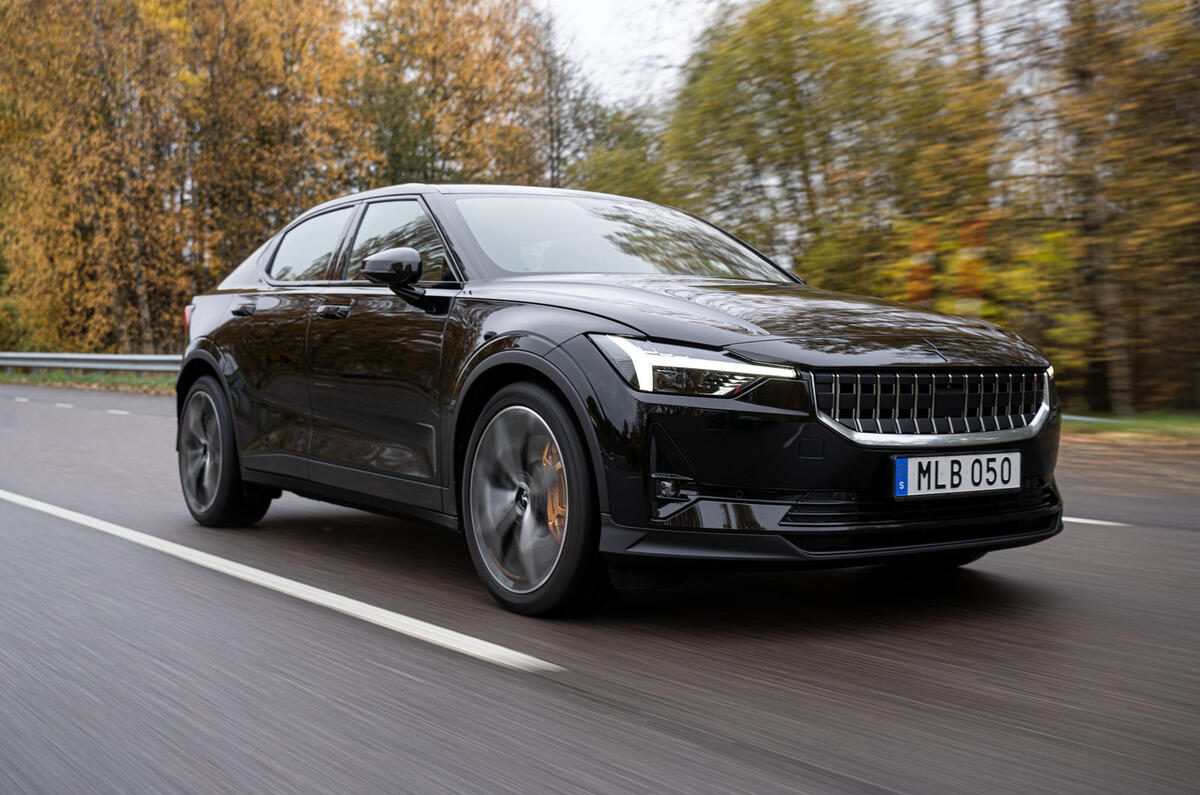
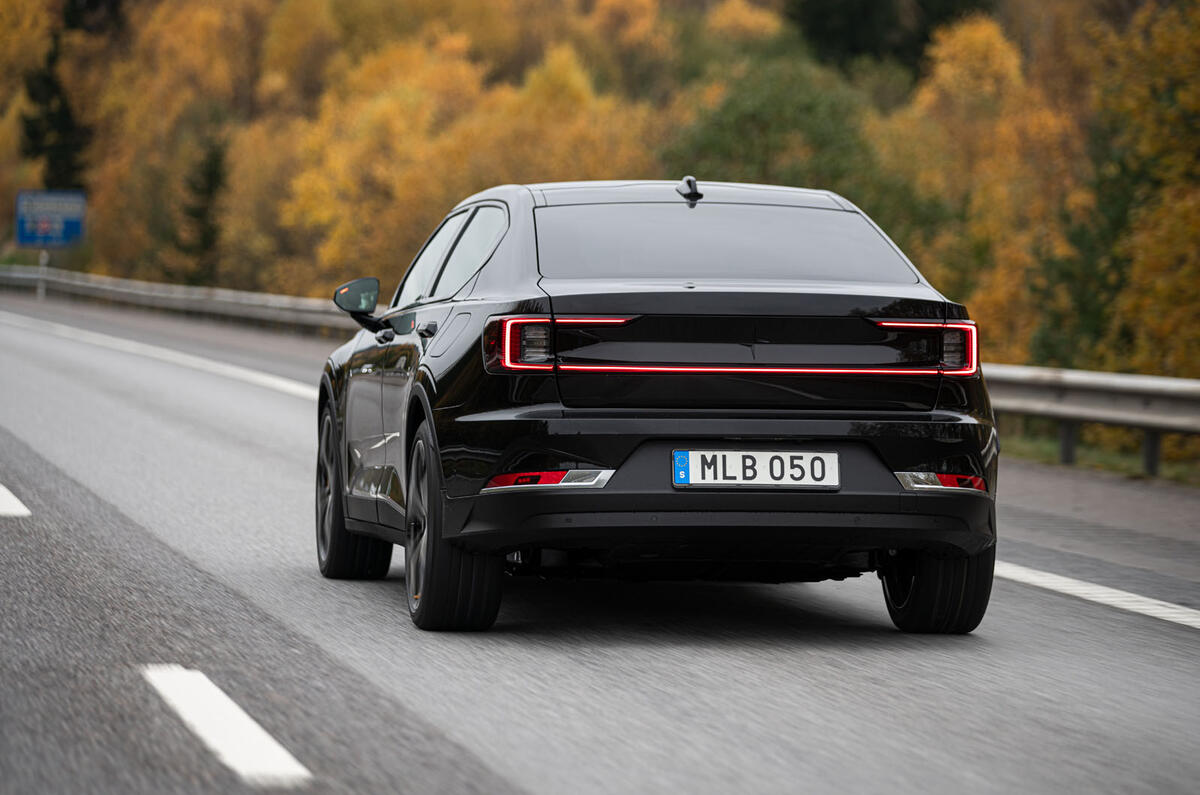
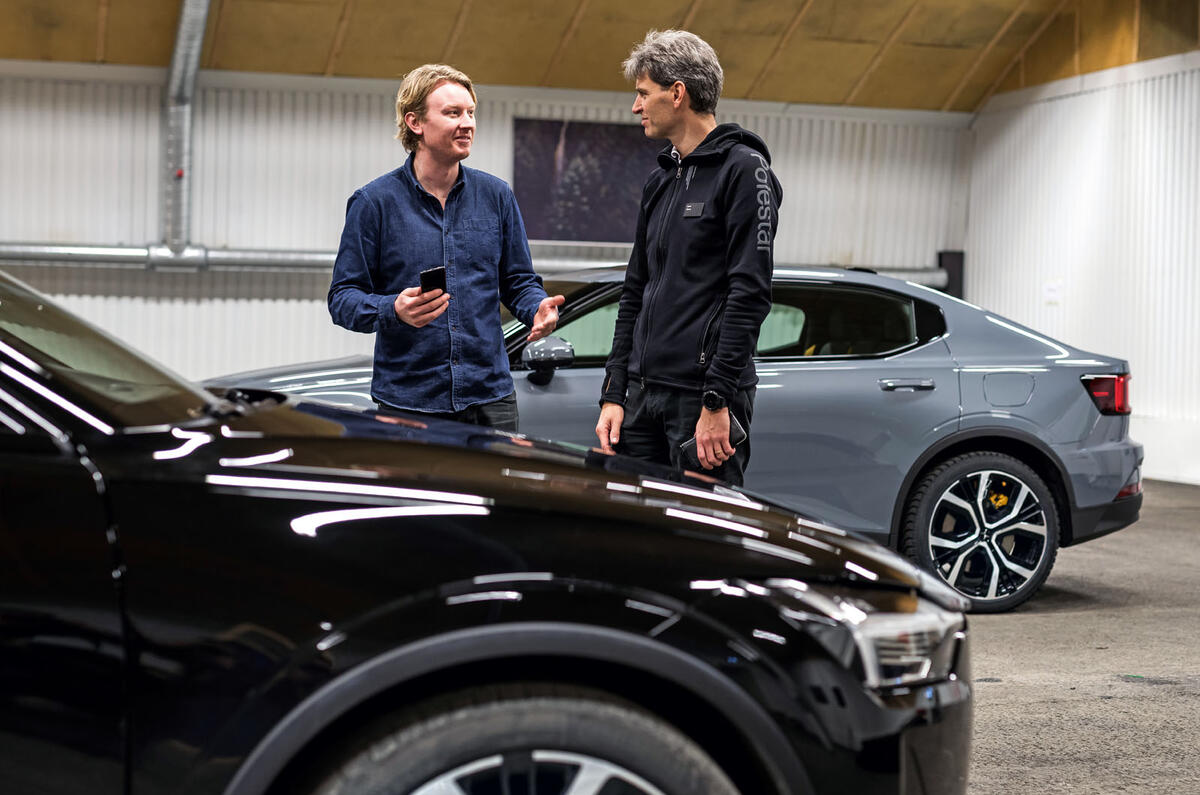
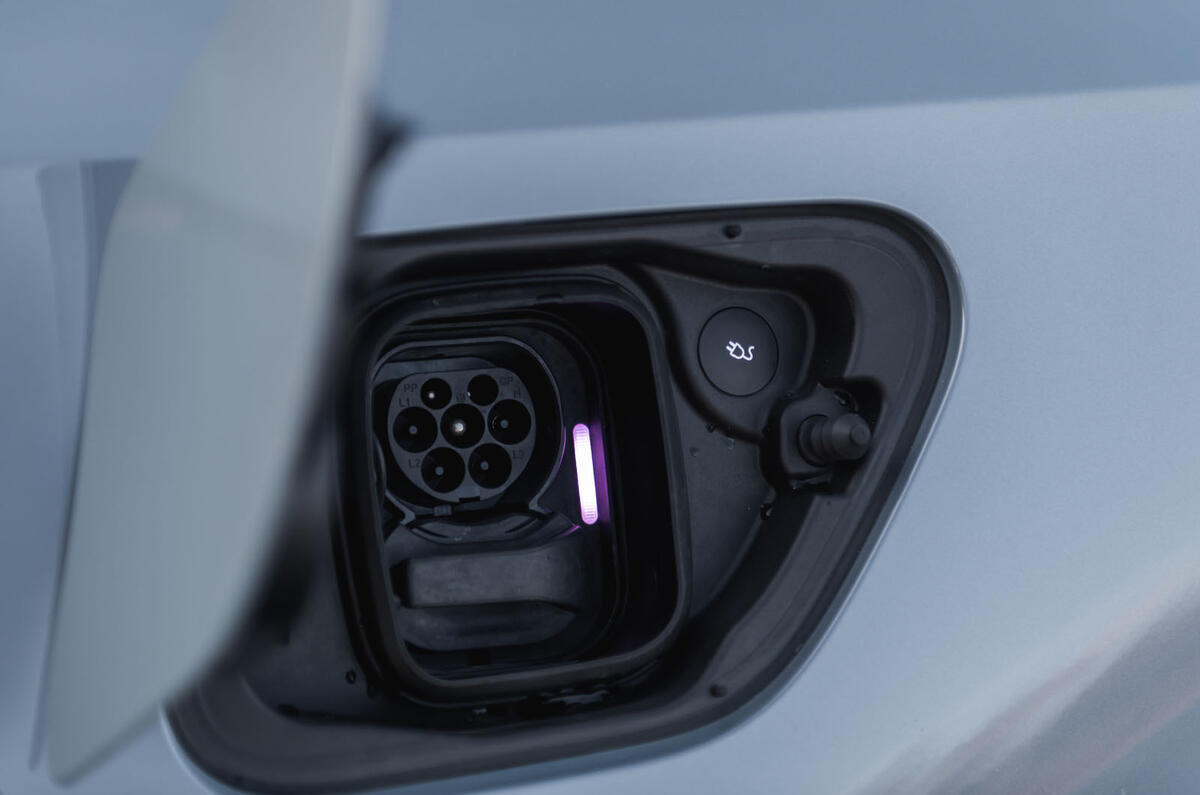
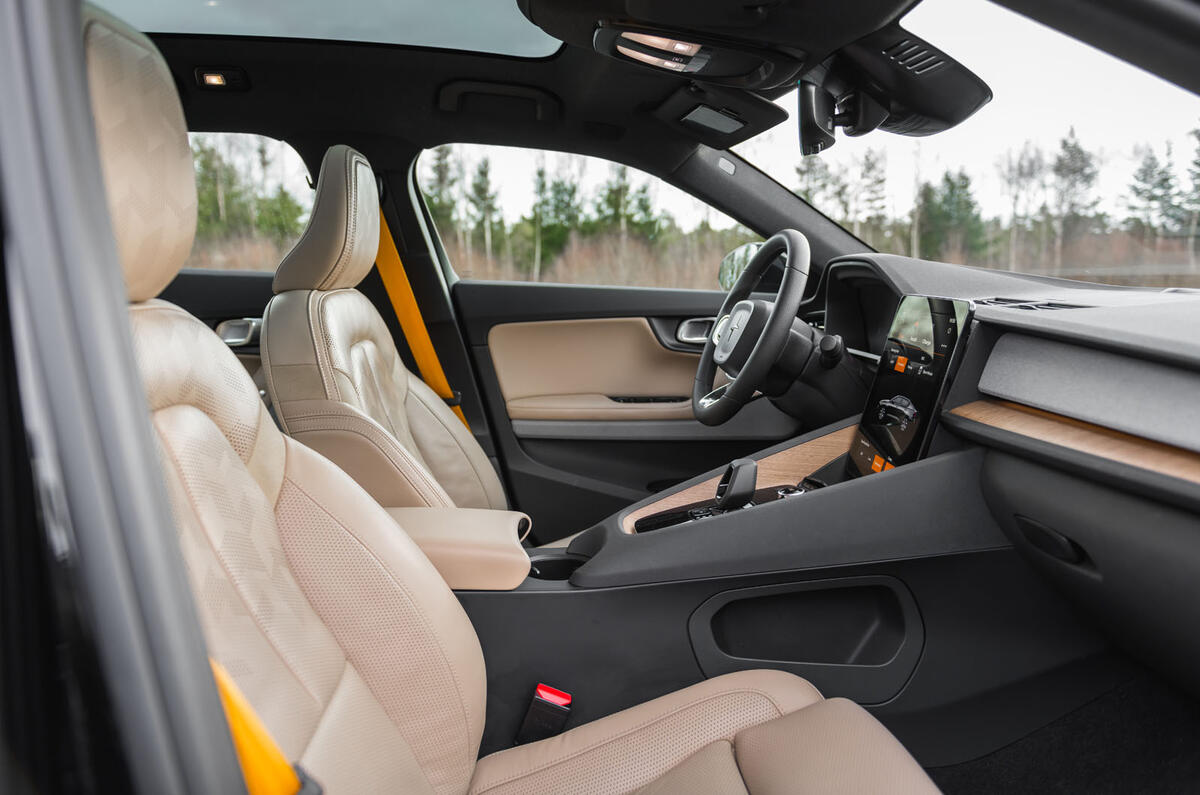
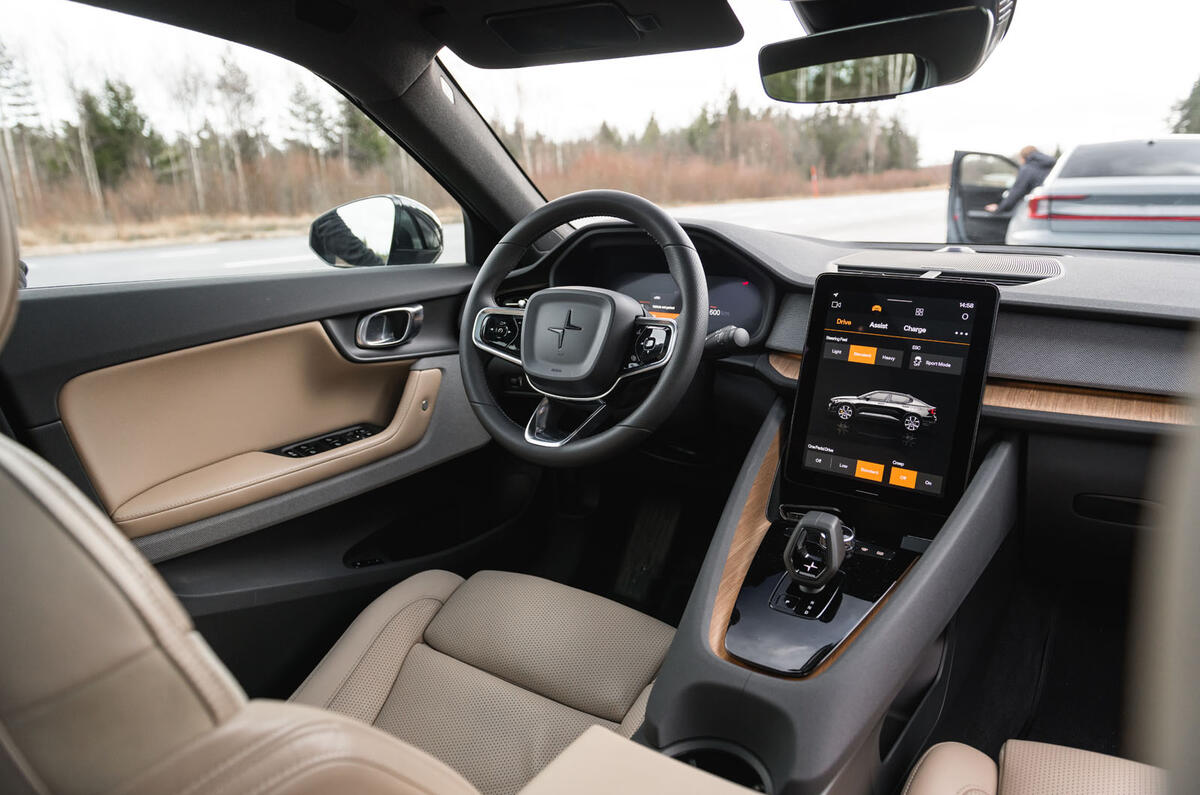
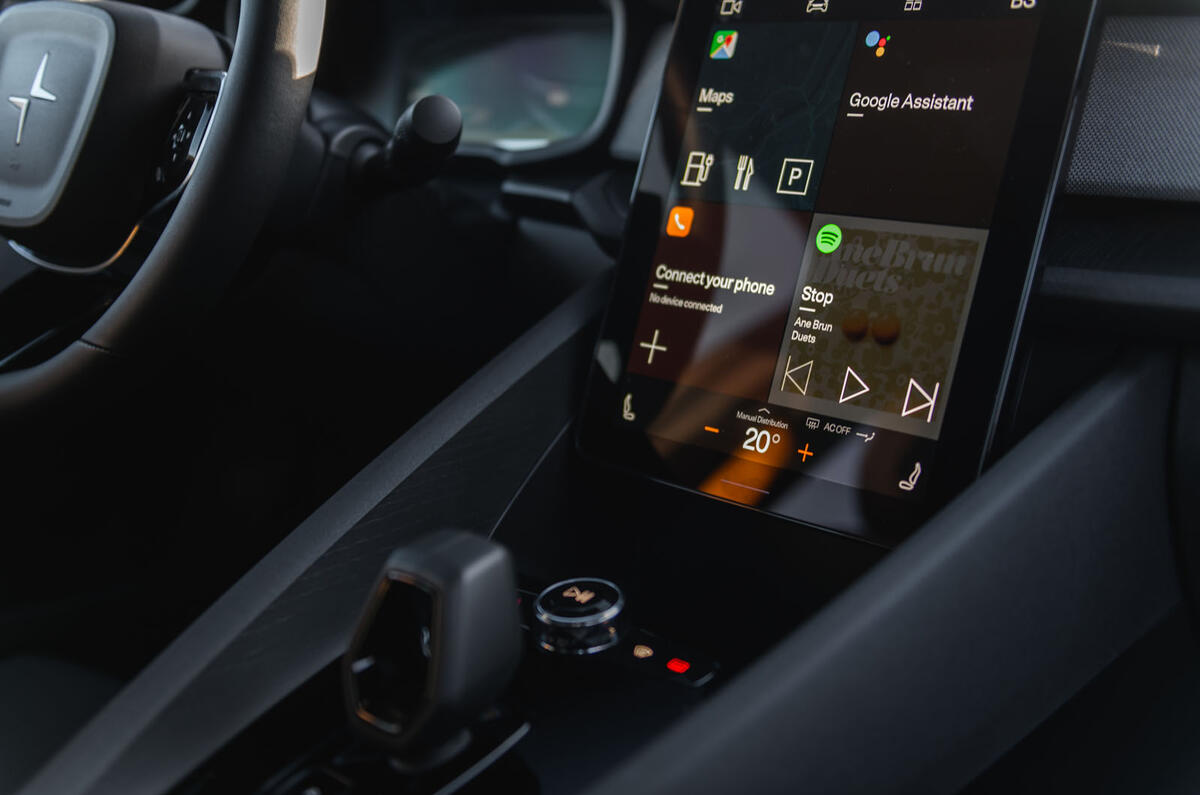
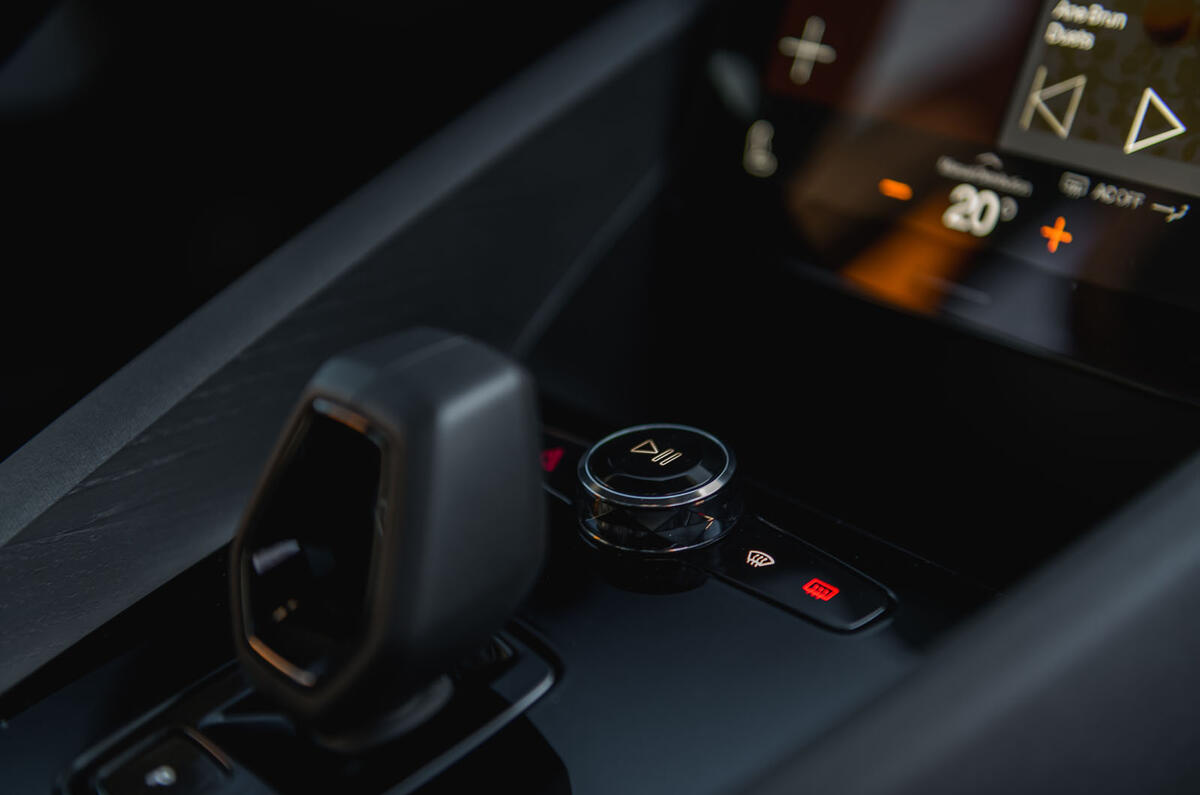
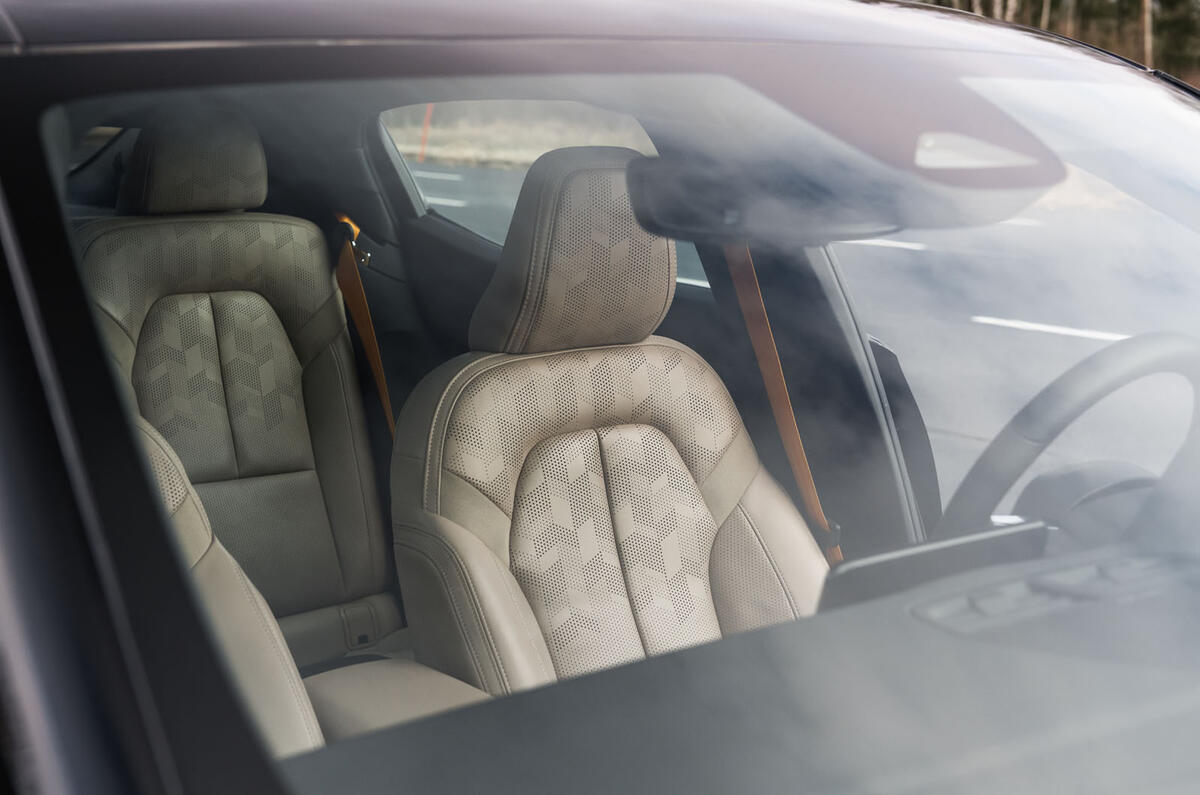
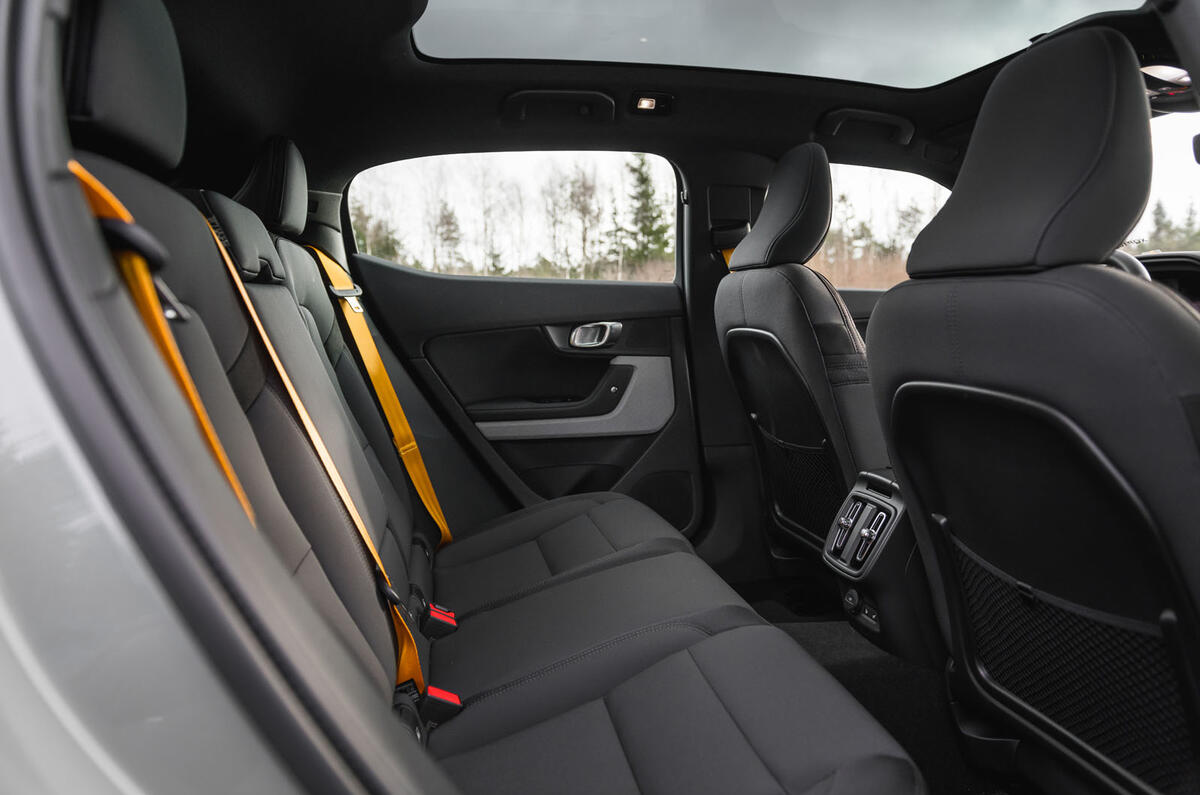
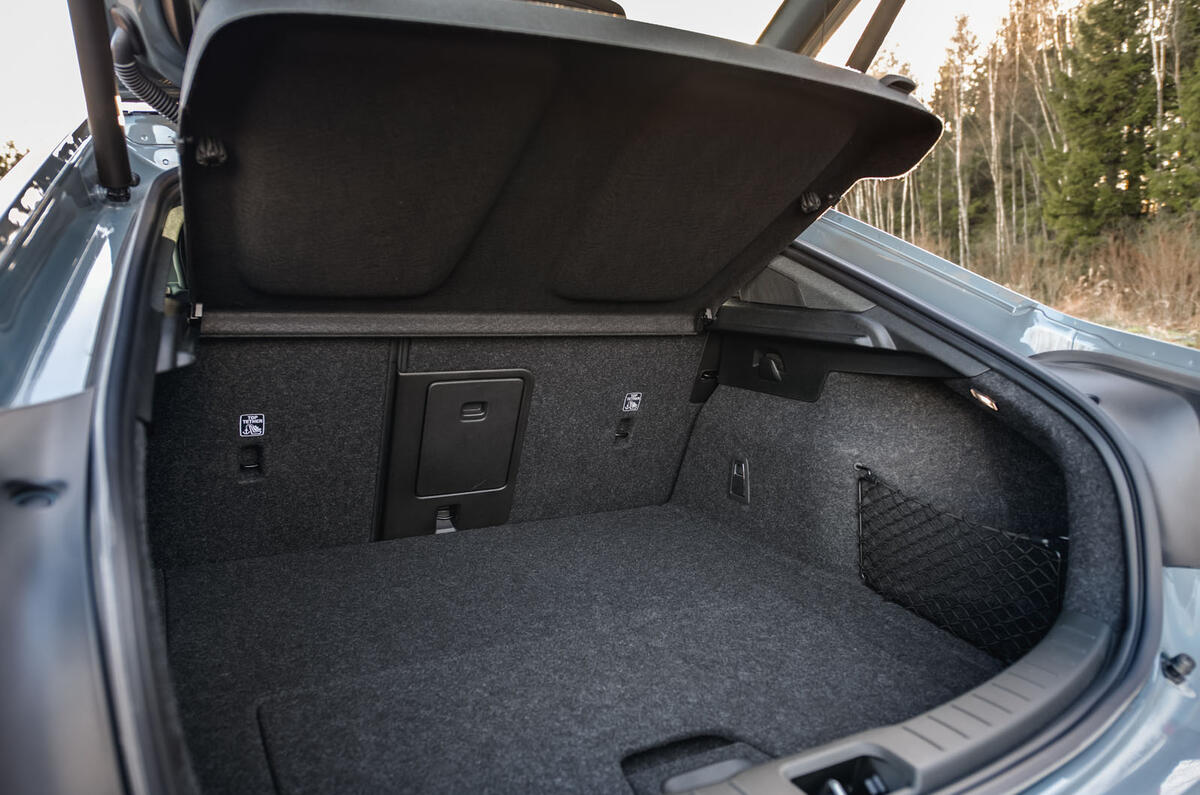
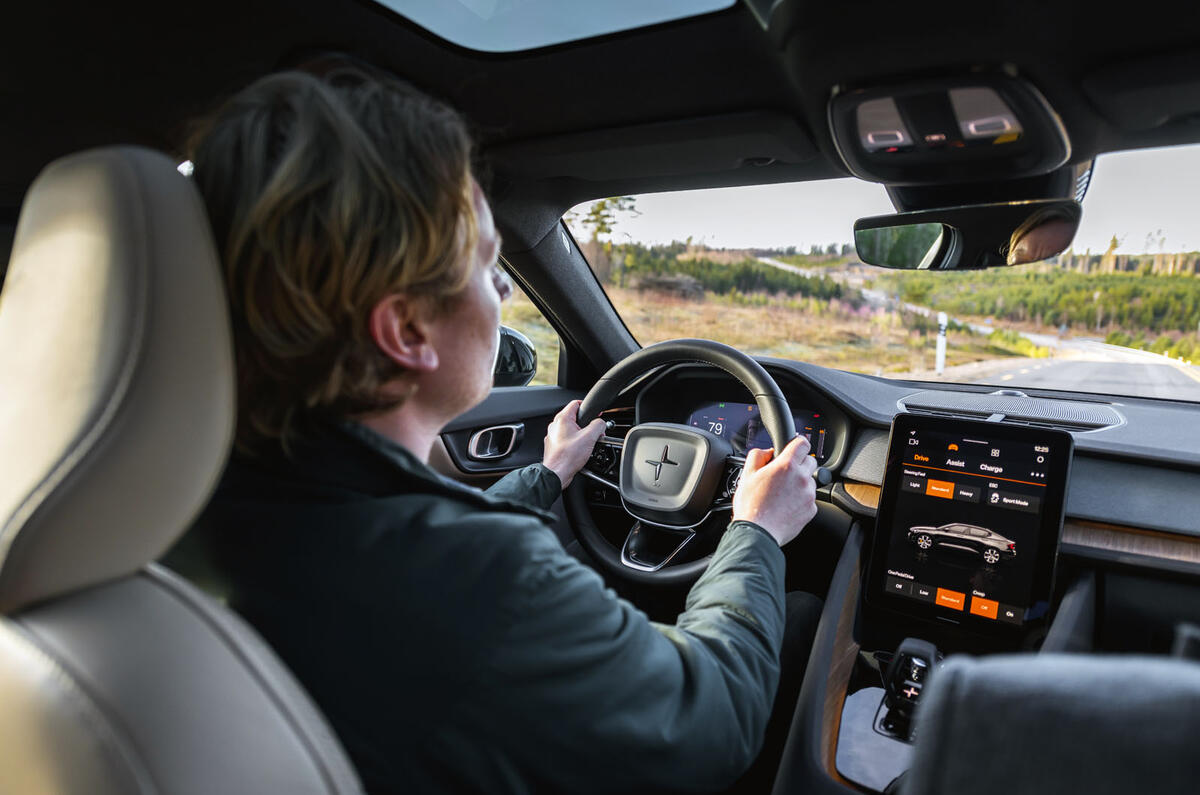
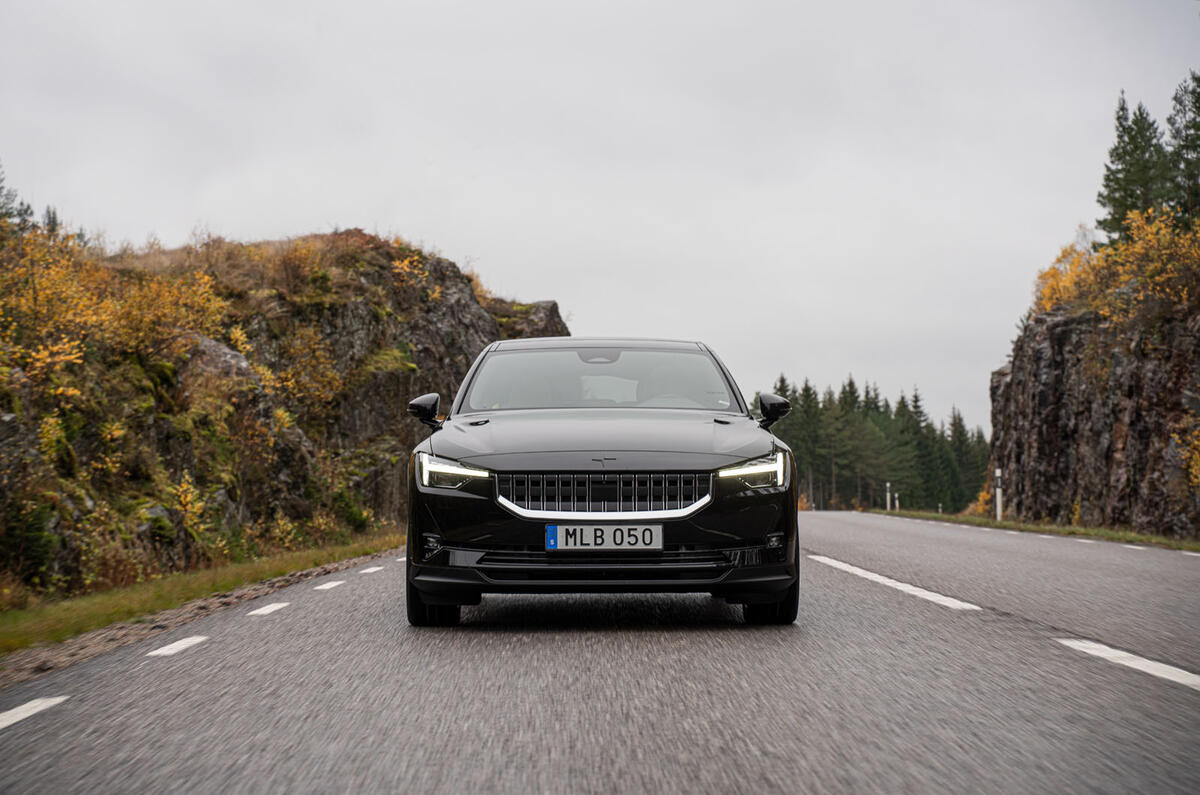

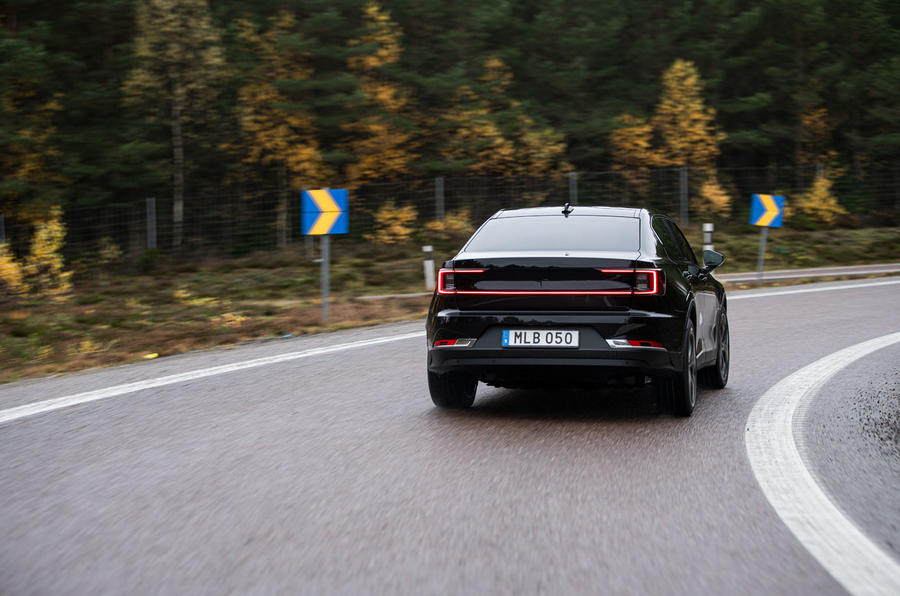
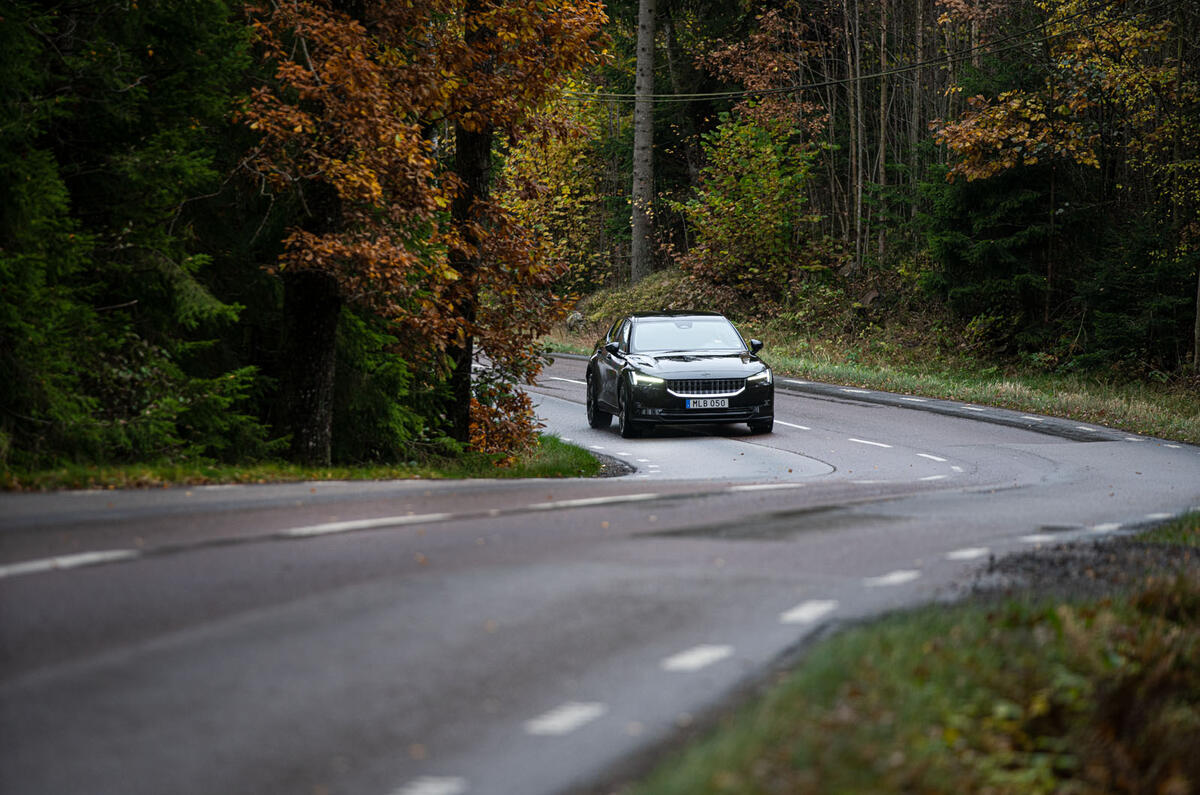
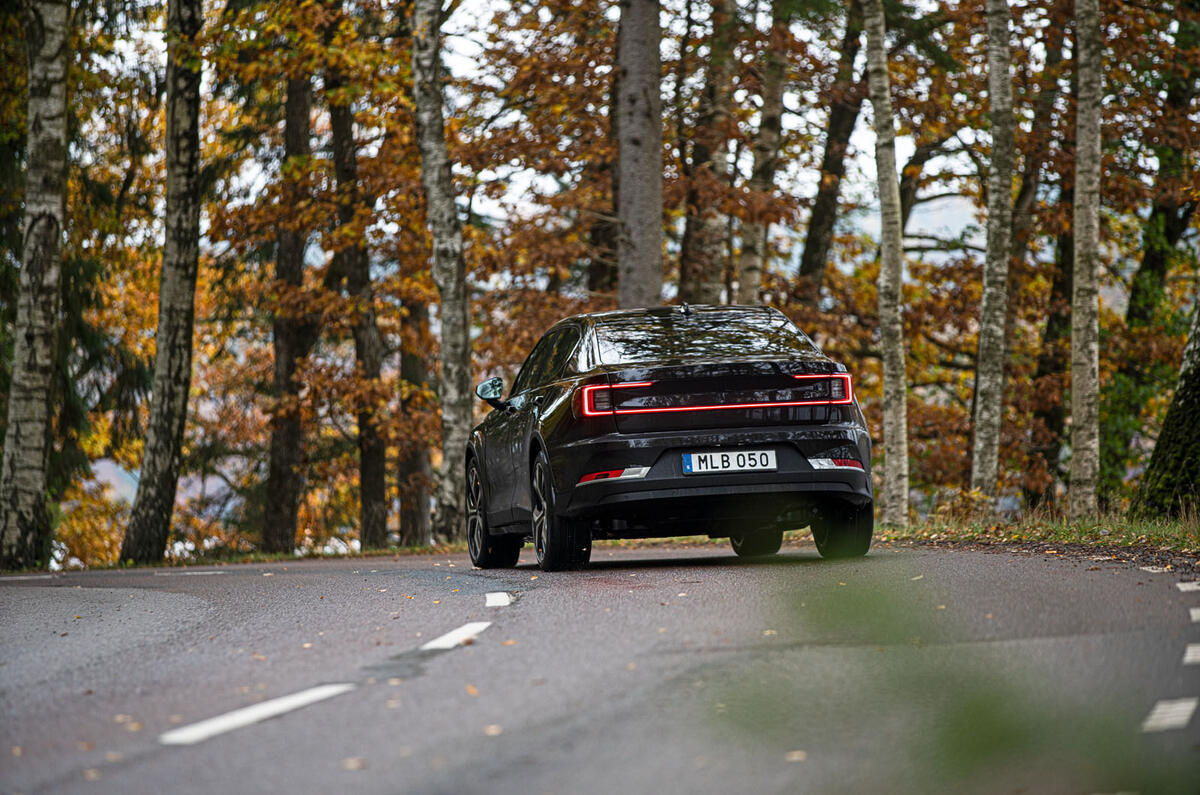

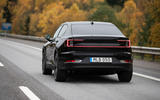

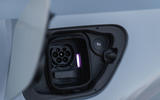





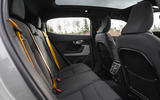
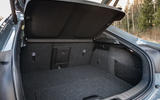


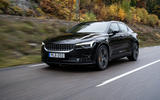
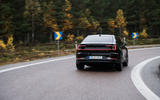



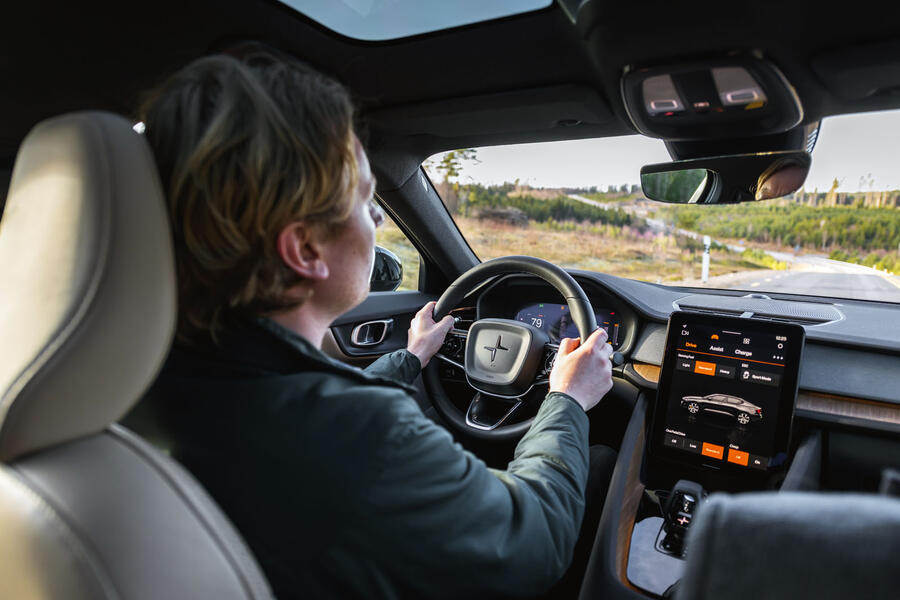
Join the debate
xxxx
Platform+
Converted/updated ICE platforms are always an issue with me, that central HUGE transmission tunnel is just so 1990's in a £50k BEV. Then there's the looks which are just to conventional, especially the fake grill. Missed oppotunity as its ended up looking like an updated S40
si73
xxxx wrote:
Totally disagree, I can see nothing of an S40 in this hatch design, that it is a modified ice platform should be irrelevant as new ice platforms often appear to be designed to accommodate multiple powertrains, of which I thought the xc40s was one, and until it is properly reviewed and we are told if the platform has brought short comings I think it's unfair to assume it has, the reviewer has already alluded to good room in the rear when mentioning that the battery doesn't consume floorspace.
I think it's a handsome looking car, that the reviewer criticised rear visibility and narrow windows has nothing to do with the platform and is an unfortunate result of modern styling that many other executive style saloons suffer, as well as other car classes like family hatches etc.
xxxx
Looks
It's just an opinion, up-to-date S40 in the sense this is what an updated S40 would look like, nothing more, hardly needs a response.
As to the transmission tunnel, the reviewer says the high transmisson tunnel is an issue that they kinda got round by having higher windows, you can see how much room it takes up in the pictures, now look an an i3!
Add your comment